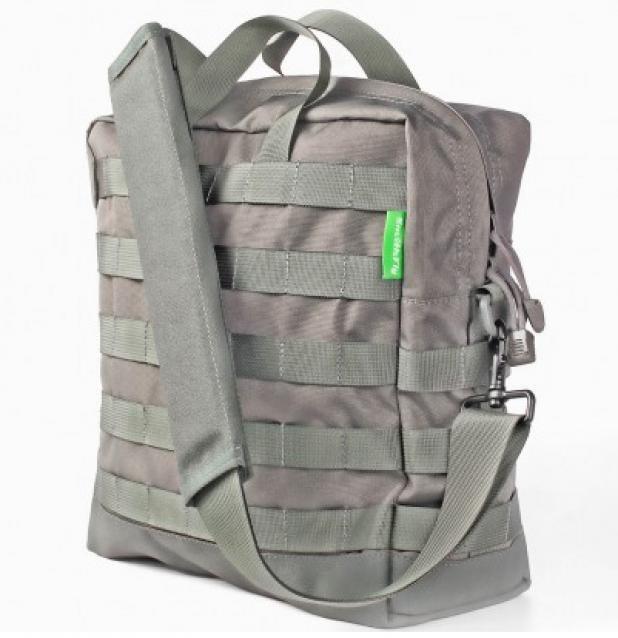Rock Climbing & Rock Classification
Question
Dear Sir,
I kindly ask you to advise me whether there is a book or source which I can utulize about the subject below.
I am a student in geology engineering, I am looking for the rock climbing tools used according to the rock type.
For example, for soft rocks, you can use these tools and equipments. For granite, sandstone, limestone, you can use these rock climbing tools and equipments.
I want to make connection between the type of the rock and tools used according to the rocks's properties.
Can you please advise a source for that.
Best Regards,
Evi
that are us
Answer
Dear Evi,
Let me begin by saying that I visited Turkey in 2006. My wife and i stayed for a month in Istanbul and Cappadocia. We had a wonderful time. This was only so because Turkish people treated us so well. Your country is beautiful. I'm a great admirer of its scenery and feel indebted to the Turkish friends I made for their extensive hospitality. And, yes, I noticed that you have a great deal of rock to climb.
As far as books are concerned, I recommend John Long's "How to Rock Climb" series. Mr. Long is the best of the best. His knowledge is unsurpassed and he conveys it clearly. The most useful books to you would include: "How to Rock Climb" (the basic book), "Sport Climbing" and "Climbing Anchors". There are various editions of these books. Look for the most recent ones. They're inexpensive and all available from Amazon.com
Let me speak for a bit about tools for protection and for anchoring the rope. Their functions do overlap and most find use on many varieties of rock. Most are intended for use in rock flaws: cracks or holes in the rock surface. Some few are used in flawless rock and must be inserted in drilled holes. Let me speak of these last.
The first tools to be used for protection and anchoring were pitons, metal spikes made of iron and then steel. These were hammered into cracks and holes. They do a great deal of damage to the rock when they are removed and their use has been curtailed except in the highest, most remote mountains and on the most severe climbs. They are also most secure in the hardest rock.
A revolution occurred in the 1970's when aluminum metal wedges (chocks) were invented. These tools come in a wide range of sizes and shapes. They, too, are most secure when used on the hardest rock, though they can be used (with great care and skill) on ascents of sandstone and breccia. Mr. Long discusses their uses extensively.
A further revolution occurred in the late 1970's when spring-loaded camming devices were invented. These very clever (and expensive) devices contract when they are inserted in a crevice and then expand to grip the rock. They are incredibly secure as long as the rock is sound. They can be used (again with skill and judgment) on softer rocks, including sandstone. You might go to the blackdiamond.com website to view a selection of their cams. I favor blackdiamond above all other brands. Yvon Chouinard, the company's founder, insisted on the highest quality of workmanship and materials. That still is the rule at Black Diamond.
The last variety of tool for protection and anchoring the rope is the bolt. Bolts are inserted in drilled holes. Drilling the holes is a cause of some controversy in my country. Drilling holes permanently alters the rock. The traditional way is by hand drill and hammer. This is difficult. Portable power drills allow much faster and easier drilling of holes, but their use is deeply frowned upon in the U.S. They are used freely in sport climbing areas in Europe. Again, bolts are only as secure as the rock in which they are placed. This fact is somewhat mitigated by drilling deeper holes and using longer bolts. In granite and harder varieties of sedimentary and metamorphic rock, wedge-expansion bolts of at least three inches in length are very safe. Softer rock requires deeper holes and glue-in bolts (using epoxies) can be very safe. Skill and experience are required for the placement of any bolt to be used for climbing. I can't emphasize that strongly enough.
I'd like to add that several countries (especially Spain, France and Greece) are creating sport climbing venues for foreign visitors. A sport climbing route is usually short (no more than 30 to 40 meters) and equipped with fixed protection and anchor bolts. Climbers like to see at least half a dozen or so routes in close proximity. They can carry minimal gear and get in a great deal of climbing. The areas I mentioned are becoming enormously popular to the great benefit of the people who provide services for the climbing tourists. I believe Turkey has great potential to become a first class sport climbing destination. I say this with caution. I'm not sure what Turkish climbers think sport climbing, or whether or not they think it's a good idea to take their sport in this direction.
It was good to think through your question. Please do ask follow-up questions if you think I can be of further help.
cok tesekkurler
Robert Walton
Rock Climbing
Rock climbing project


